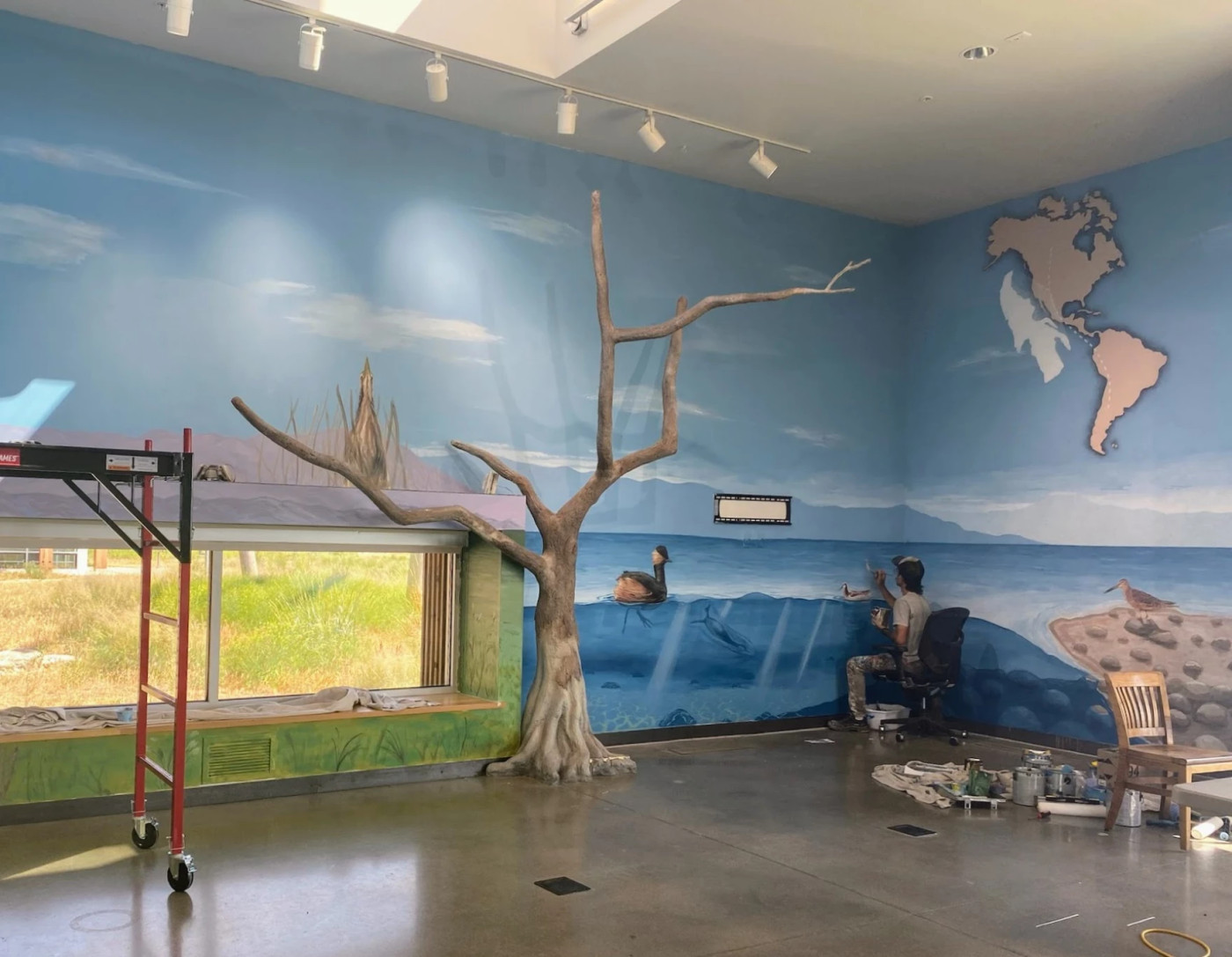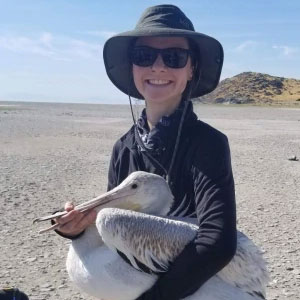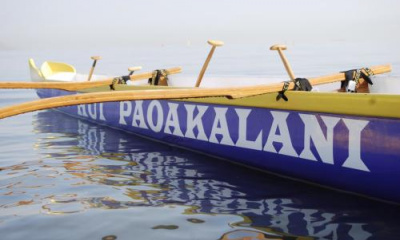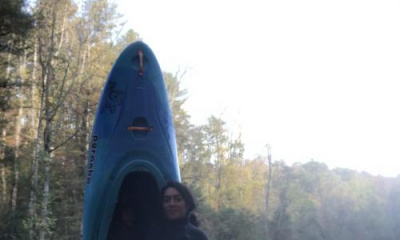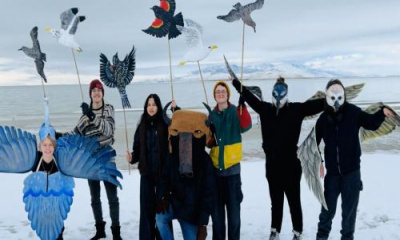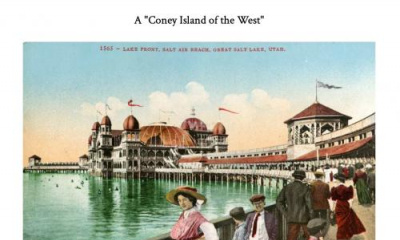A new mural at the Eccles Wildlife Education Center in Farmington Bay is connecting people across the Americas through migratory birds.
The mural, which depicts plants and animals found around Great Salt Lake, spans multiple walls in the education center from floor to ceiling. It’s being painted by Franco Cervato, an Argentinian artist.
Cervato, or “Vato” for short, has already painted similar murals in Córdoba, Argentinaand Lee Vining, California. He says excitement over the mural in Argentina was what kick-started his international painting journey.
“Some people from California traveled to Mar Chiquita. And they saw this mural and they said, ‘okay, we want to paint something like this in the USA’. I say 'yes',” Vato said.
The murals are all connected by a similar theme: migratory shorebirds. Laguna Mar Chiquita in Argentina, Mono Lake near Lee Vining, and Great Salt Lake are all important stopover sites for shorebird species.
Ashley Kijowski, the Utah Division of Wildlife coordinator for the Eccles Wildlife Education Center, says that one little bird, the Wilson’s phalarope, journeys thousands of miles between these unique lakes.
“Having the mural at Great Salt Lake as well as Mono Lake and Mar Chiquita ties together the phalarope migration, because they fly straight from Mar Chiquita 2,500 miles here to Great Salt Lake without stopping, so it's pretty amazing.” Kijowski said. “But they don't all just come here. Some phalaropes go to Mono Lake too, which is why these murals are connected. And I think it's just such a cool story to tell.”
Vato says that the mural has truly been a group effort, with input from biologists and local wildlife photographer Brandon Jones.
“I don't know too much because I don't live here. So I have to study and learn. They tell me ‘okay, this happened like this, the ecosystem is like that’, so it's a lot of people working together,” Vato said.

